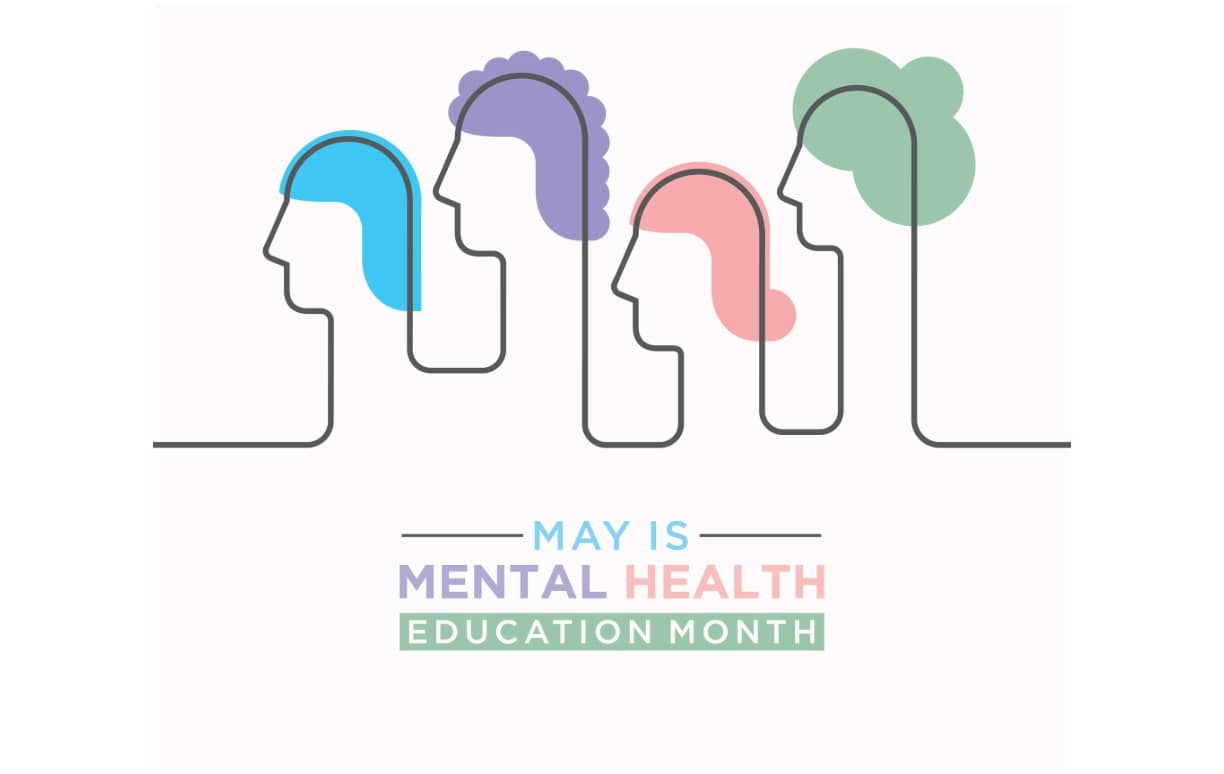What Science Says About Chemicals in Food & ADHD/Autism
What Science Says About Chemicals in Food & ADHD/Autism

Research suggests that some food-related chemicals may play a role, but they are not considered the sole cause of ADHD or autism. Genetics, prenatal development, and environmental exposures (like toxins) are much stronger drivers.
ADHD & Food Chemicals
Artificial food colors and preservatives
-
- Multiple studies (including the well-known Southampton Study) have linked artificial colors (like Red 40, Yellow 5) and preservatives (like sodium benzoate) to increased hyperactivity in some children.
- The European Union requires warning labels on foods with these additives.
- The FDA in the U.S. has not banned them but acknowledges they may affect sensitive children.
Sugar
-
- Despite popular belief, sugar itself does not cause ADHD. However, some children may be more sensitive to blood sugar swings (refined carbs, sodas, sweets), which can affect focus and behavior.
Pesticide residues
-
- Organophosphate pesticides (found on conventional produce) have been linked in some studies to higher rates of ADHD symptoms.
Food sensitivities
-
- Some children respond well when certain foods are removed (like dairy, gluten, or soy), though evidence is mixed. This may relate more to individual intolerances than ADHD itself.
Autism & Food Chemicals
No single chemical has been proven to cause autism.
However, environmental toxicants (like heavy metals, pesticides, and endocrine-disrupting chemicals such as BPA or phthalates) are being studied for possible links to increased autism risk.
Maternal diet during pregnancy (exposure to certain chemicals or nutrient deficiencies like folate) may influence risk, but this is still an active area of research.
bottom line
Genetics are the primary driver of both ADHD and autism.
Chemicals in food can contribute—especially artificial colors, preservatives, and pesticide residues—to worsening symptoms in sensitive kids, even if they don’t “cause” the condition.
A cleaner diet (whole foods, less processed, fewer additives, organic when possible) can sometimes make a noticeable difference in attention, mood, and behavior.
Overall Prevalence of Autism in U.S. Children (Aged 3–17)
Ever diagnosed with ADHD: Approximately 11.4%, equivalent to 1 in 9 children, based on the 2022 National Survey of Children’s Health (NSCH).
This includes:
-
- 2.4% of young children (ages 3–5)
- 11.5% of school-age children (6–11 years)
- 15.5% of adolescents (12–17 years)
- Children with a current ADHD diagnosis: Around 10.5% (6.5 million children)
Trends & Demographics
Age: ADHD diagnosis rates increase with age—most notably, 15.5% among adolescents compared to just 2.4% in preschool-age kids.
Gender:
Boys: ~15%
Girls: ~8%
By Geography: Children in non-metropolitan areas are more likely to be diagnosed (13.9%) compared to children in large metropolitan centers (9.4%).
Diagnostic Definitions: ADD vs. ADHD
The terms ADD (Attention-Deficit Disorder) and ADHD (Attention-Deficit/
Share This Story, Choose Your Platform!
Follow us
Latest articles
September 2, 2025
June 1, 2025
May 1, 2025



